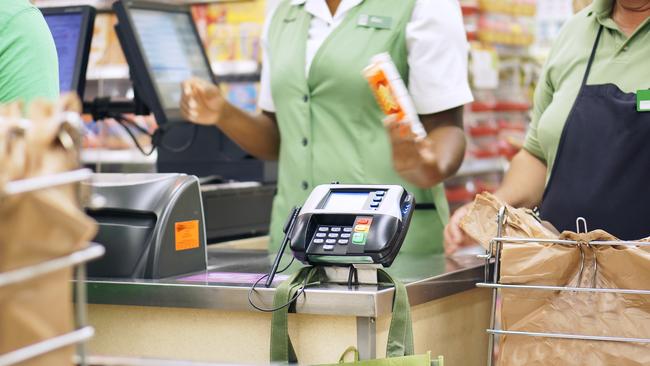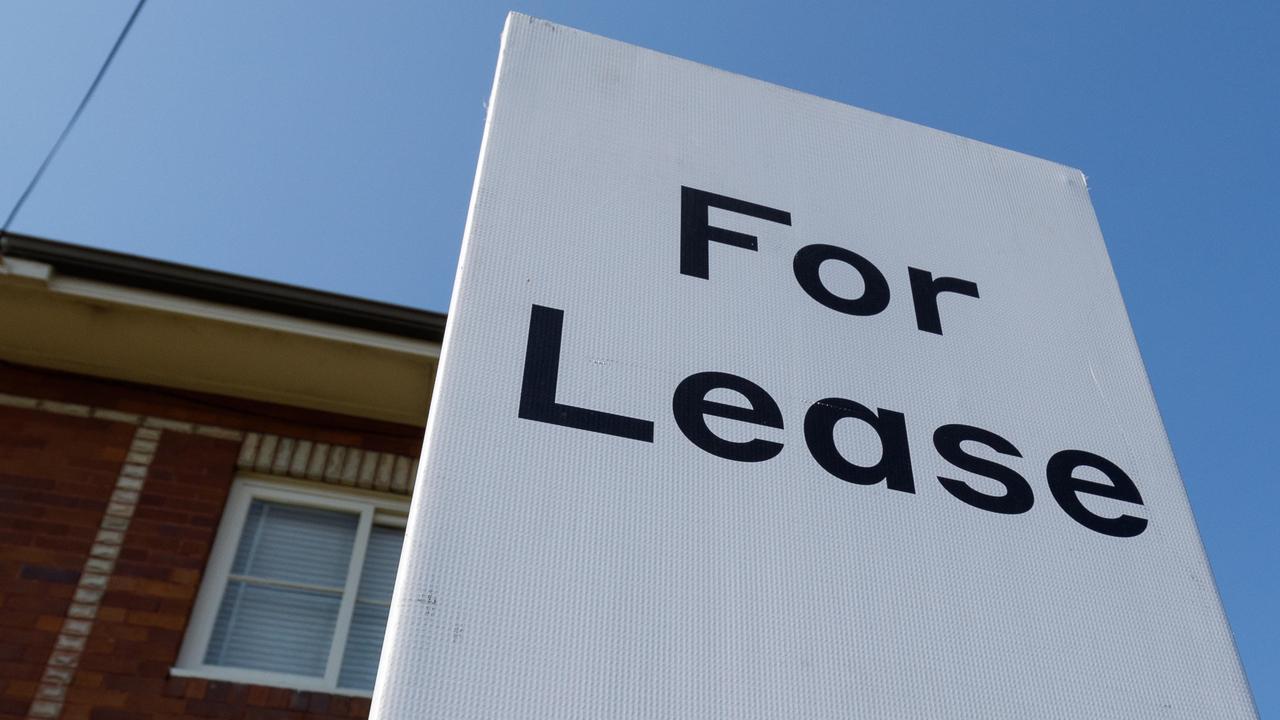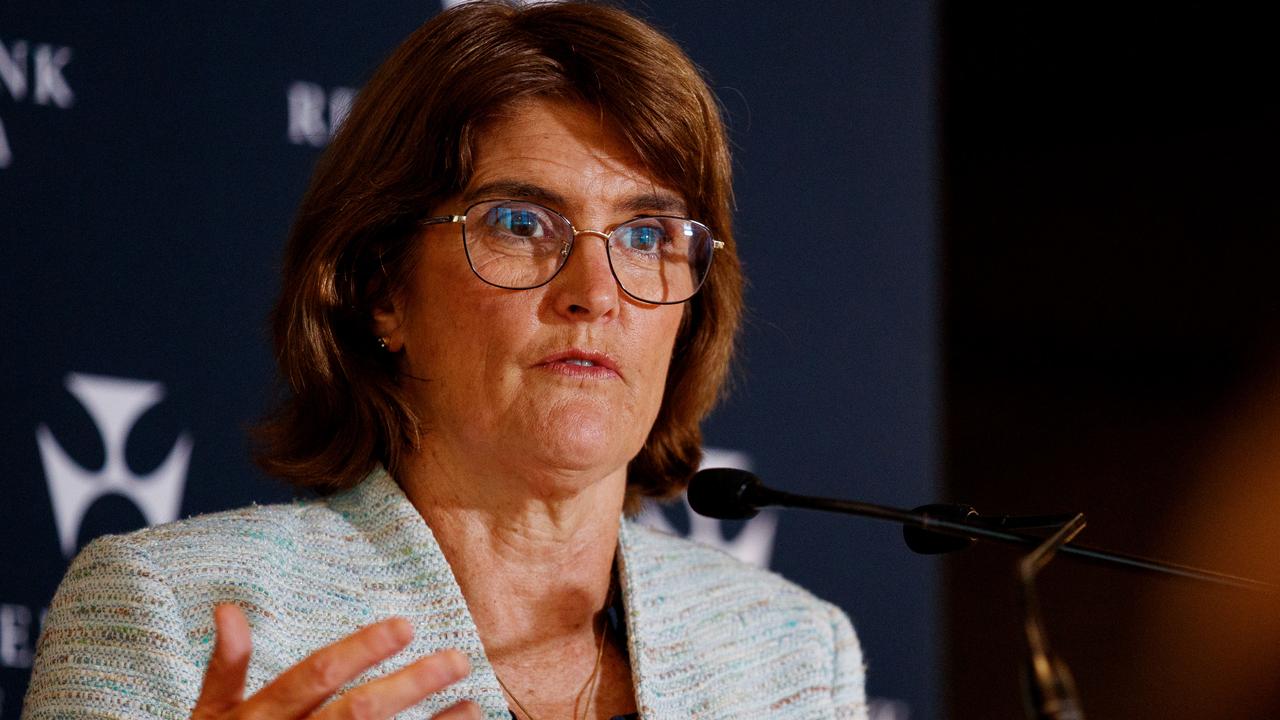Unemployment falls to 20-month low
JOBS growth is at its strongest since the 1980s and, while the figures are a bit hard to believe, other indicators show that the labour market is still strong.

JOBS growth is at its strongest since the 1980s and, while the figures are a bit hard to believe, other indicators show that the labour market is still strong.
The total number of people with a job rose 71,400 in the month, building on a gain of over 56,000 the month before, official figures show.
That was the strongest two-month period of jobs growth since December 1987 and January 1988.
That’s sent the unemployment rate to its lowest level in almost two years, to 5.8 per cent in November, easily beating expectations, the Australian Bureau of Statistics said on Thursday. St George chief economist Hans Kunnen said the figures easily exceeded expectations.
“Partial indicators told us the labour market was firming but this is almost beyond belief,” he said.
“Strong conditions within services, which tend to be more labour intensive, could help explain recent labour market strength.” NAB economist Tapas Strickland said the seasonally adjusted figures have been affected by ABS survey methods but added that that employment growth is still strong.
The ABS said in its report that the current group of households it surveys for its labour force report have a higher participation rate in the jobs market, which Mr Strickland said inflates the size of the jobs growth figure.
However he said the underlying trend of jobs growth has been around 25,000 a month, much stronger than the 15,000 that is needed to keep the unemployment rate steady.
“That’s reflecting the strength of the labour market,” he said. Mr Strickland said he expects strong jobs growth to continue into the new year.
“The forward indicators, such as jobs ads, suggest employment growth of two per cent a year, and when you do the calculations, that implies 20,000 (jobs added) per month,” he said.
ANZ senior economist Justin Fabo said while most of the employment gain is because of the rotation of the survey, other labour market indicators have been running ahead of expectations. “While measured jobs growth looks overstated, the modest improvement in the unemployment rate appears broadly consistent with the improving trend in job ads,” he said.
An ANZ survey released earlier in the week, showed the total number of job advertised rose for the fourth month in a row, up 1.3 per cent in November, and for a 12 month gain of 12.2 per cent. The participation rate, which refers to the number of people either employed or actively looking for work, rose to 65.3 per cent from 65.0 per cent in October, the ABS said.
UNEMPLOYMENT RATE HITS 20 MONTH LOW
• Nov., 5.8pct
• Oct., 5.9pct
• Sept, 6.2pct
• Aug., 6.2pct
• July, 6.3pct
• June, 6.0pct
STATE BY STATE UNEMPLOYMENT RATES IN NOV
• NSW — 5.2pct, down from 5.5pct in Sept
• Vic — 6.2pct, down from 5.6pct
• Qld — 5.9pct, down from 6.1pct
• SA — 7.3pct, down from 7.6pct
• WA — 6.6pct, up from 6.4pct
• Tas — 6.6pct, up from 6.5pct
Source: Australian Bureau of Statistics (seasonally adjusted)



